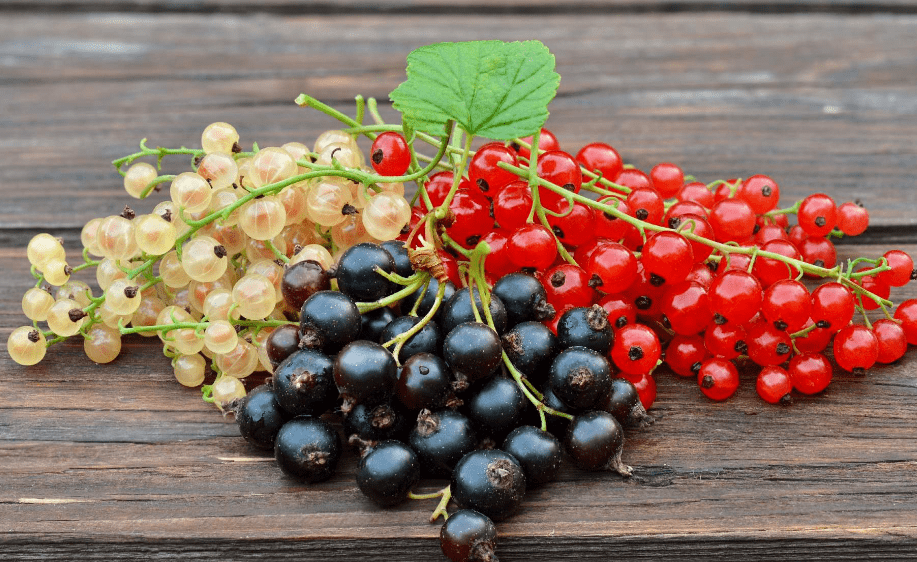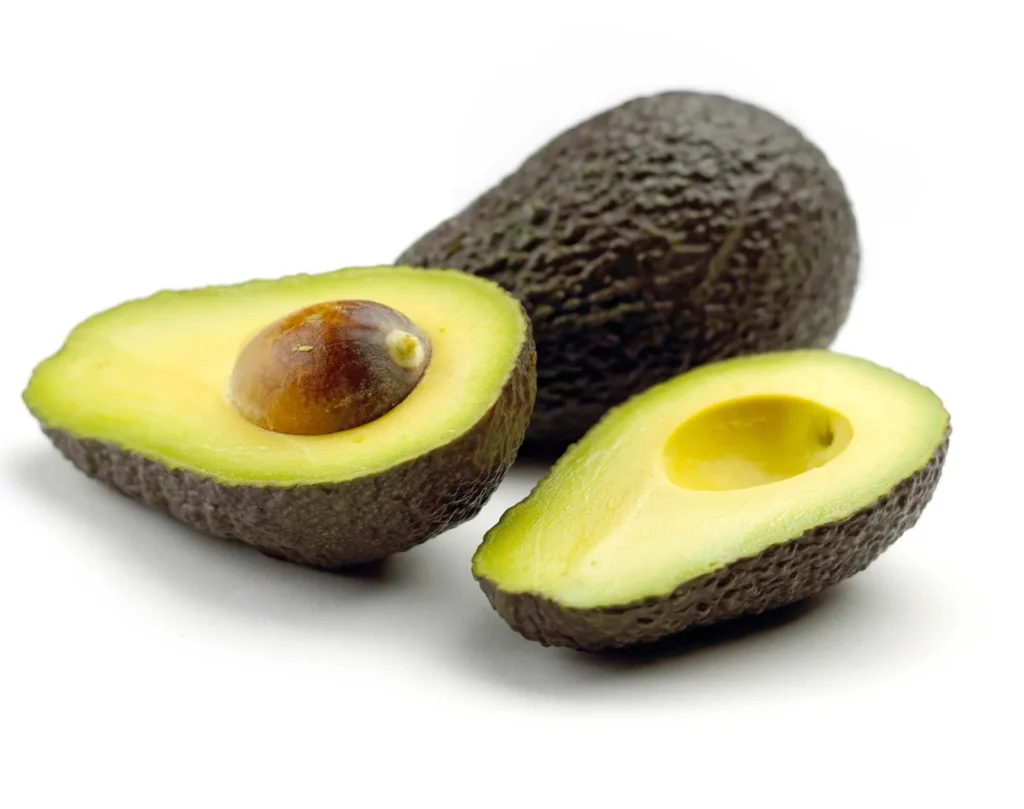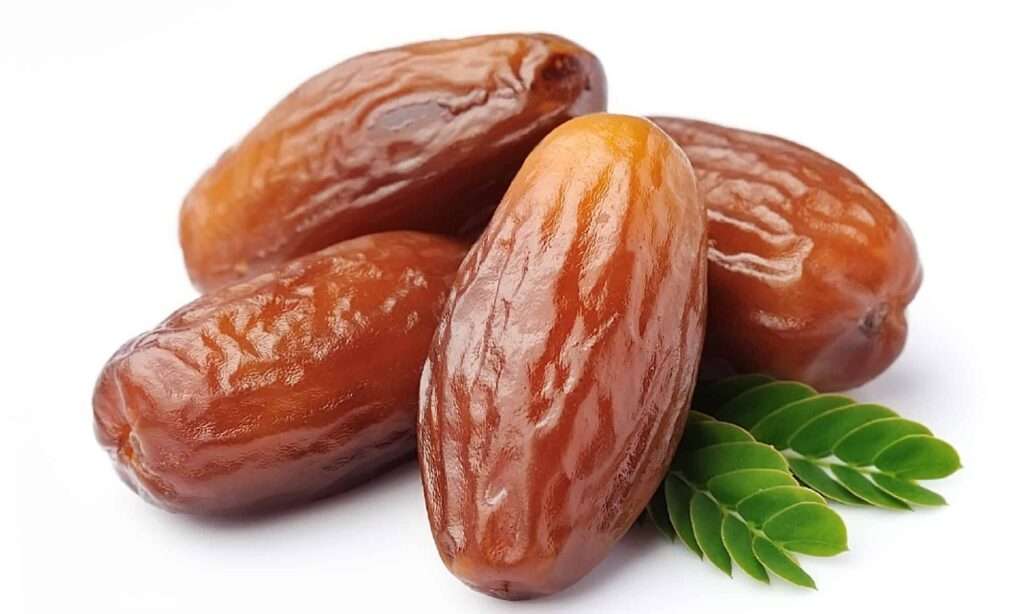
Description
The palmate venation of the leaves, whose veins radiate from a central point close to the leafstalk, ranges in shape from somewhat circular to practically triangular. The flowers are typically grouped together and might be greenish, yellow, white, red, pink, or purple. Actual berries make up the fruits.
Varieties
Numerous currant species are cultivated for their berries both commercially and by home gardeners. The most significant economically are the black currant (R. nigrum) and common, or garden, or red, currant (Ribes rubrum). Tarts, jams, pies, and jellies can all be made with currants, whether they are red or black.
Uses
The tart, juicy berries can be eaten fresh or dried and are primarily used in jams and jellies.

Nutrition
A serving of black currants equal to one-fourth cup contains:
18 calories
0 g of protein
0 g of fat
4 g of carbohydrates
2 g of fiber
0 g sugar
Cultivation
In northern, chilly, damp regions, currants thrive. Soils with clay and silt are excellent. Cuttings that are 20 to 30 cm long, spaced 7.5 to 15 cm, with no more than two buds aboveground, are used to reproduce them. These cuttings are typically obtained in the autumn and planted in the nursery right away or in the spring. They are arranged in rows in the plantation, spaced 1.2 to 1.5 metres (4-5 feet) apart. Currants are planted beneath grapes, cherries, peaches, and pears in intensive cropping because they tolerate shade well.
Table





